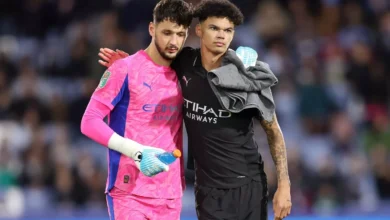Opinion:Leeds Star Should Heed Jack Clarke’s Tottenham Experience as Spurs Plan Elland Road Raid

Tottenham Hotspur are eyeing a key player from Leeds United under Daniel Farke’s management this summer. However, they should be cautious given Jack Clarke’s challenging experience at Spurs.
Tottenham and Leeds have a history of successful transfers, beginning with Clarke’s move to Tottenham in the summer of 2019. More recently, Gretar Steinsson joined Leeds’ transfer team after working at Tottenham with Fabio Paratici. Steinsson’s arrival facilitated the deals for Joe Rodon and Djed Spence last summer, with Rodon excelling and Spence’s loan being cut short.
This summer, reports indicate further dealings between Tottenham and Leeds. Oliver Skipp has been linked to a move to Elland Road, while Tottenham are keen on securing a Leeds player.
Jack Clarke, now 23, has thrived at Sunderland since leaving Tottenham, becoming one of the most dangerous wingers in the Championship with 15 goals last season. However, his time at Tottenham was far from successful. After joining from Leeds following a promising season under Marcelo Bielsa in 2018-19, Clarke managed only four senior appearances at Spurs. He spent most of his three years at the club on loan at Leeds, Stoke, QPR, and finally Sunderland, before making his move permanent. This period significantly dented his confidence as he largely played U21 football.
Tottenham are now interested in Leeds talent Archie Gray. According to Football London, Spurs are closely monitoring Gray, who won the Young Player of the Year award in the Championship last season with over 50 appearances. While many big clubs are interested in Gray, it is crucial for him to join a team that can offer regular playing time over the next 12 months.
Given Tottenham’s depth in midfield, they may not be able to provide Gray with the regular football he needs. Clarke’s difficult spell at Tottenham serves as a crucial lesson for Gray. If he is to leave Leeds, he must ensure he will be a first-choice player, or he should remain at Leeds to avoid jeopardizing the early years of his career, as Clarke did at Tottenham. This serves as a stark warning for Gray this summer.



